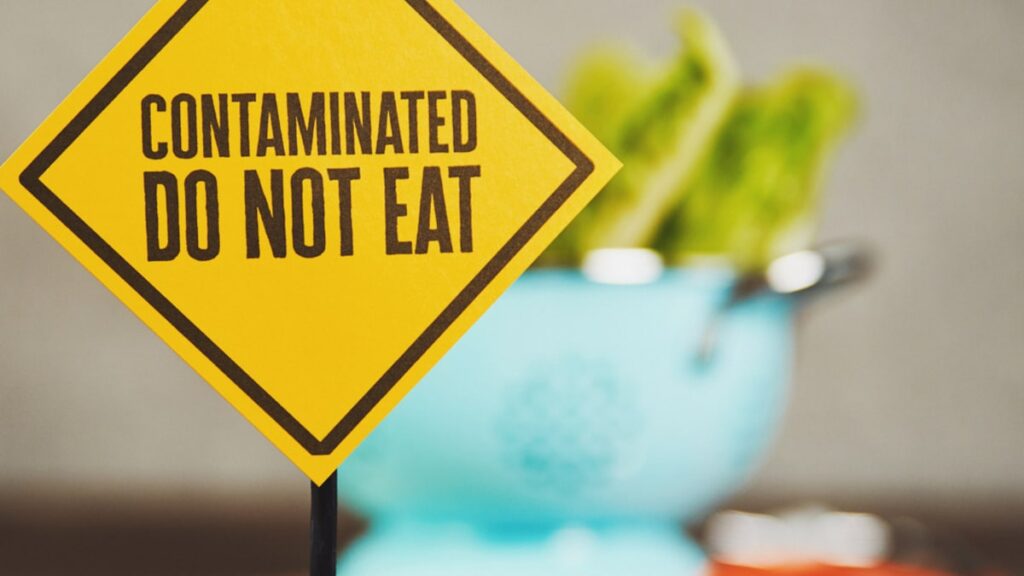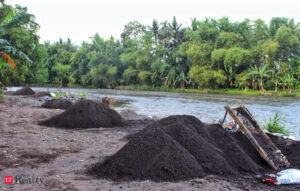How To Detect If Your Food Contains Contaminants? FSSAI Explains

With frequent headlines about food adulteration to cut costs or outbreaks of infections from contaminated ingredients, ensuring food safety and quality has become a critical concern. By purchasing prepared food or raw ingredients from trusted sources, we can minimise our risk of consuming contaminated foods. Additionally, it is important to follow hygienic cooking, eating, and food storage practices at home. The Food Safety and Standards Authority of India (FSSAI) recently shared an Instagram post discussing different types of food contaminants and how to identify each of them. In the caption, FSSAI wrote, “Clean hands, clean surfaces, safe food! A little care goes a long way in keeping your meals safe!”
Such knowledge can help you remain alert and aware before consuming any potentially contaminated food item:
Here Are 3 Possible Types of Food Contamination as Shared by FSSAI:
1. Physical Contamination
Physical contamination occurs when a physical object enters the food during production or preparation. It can be intentional, as seen in cases of adulterated food products, or accidental due to a lack of awareness. Physical contaminants include any foreign material like stones, stems, seeds, feathers, sand, nails, dust, dirt, straw, hair, etc. Physical objects in food can be a choking hazard and harm your teeth.
How to detect: FSSAI recommends observing the food item carefully, feeling it with your hands, and checking by washing, sieving, etc.
Also Read:Stop Reheating Your Tea! Expert Shares 3 Ways It Could Be Harming Your Health
2. Chemical Contamination
Chemical contamination occurs when the food comes into contact with toxic chemicals, leading to potential chemical food poisoning. Preservatives, permitted additives beyond safety limits, pesticide residues, insecticides, reused oil, and cleaning chemicals are all examples of chemical contaminants.
Fresh oil and used oil should not be mixed. Avoid using excessive detergent or sanitizer to clean food preparation surfaces, glassware, dishes, or cutlery. Also, rinse and dry dishes well after using detergent. Use only food-grade plastic and metals for cooking.
How to detect: Look for unusual colour, odour and taste.
Also Read: Sip Your Way To Better Health With These 6 Powerful Floral Teas
3. Microbiological Contamination
Biological or microbiological contamination occurs when food becomes contaminated by living organisms or the substances they produce. Invisible contamination in this case includes bacteria, yeast, protozoa, mould, and viruses, while visible contaminants include flies, worms, cockroaches, weevils, caterpillars, etc.
Biological contamination can lead to foodborne illness. In this case, the disease-causing microorganisms, also called pathogens, get into food and multiply to unsafe levels before being eaten. Bacteria and other pathogens thrive in foods that are moist, high in protein or starch, or neutral in acidity.
How to detect: Observe changes in texture, odour, and colour. Special tests are available for each.
Follow food safety practices at home and avoid eating outside food that seems risky or even doubtful. Stay healthy!








